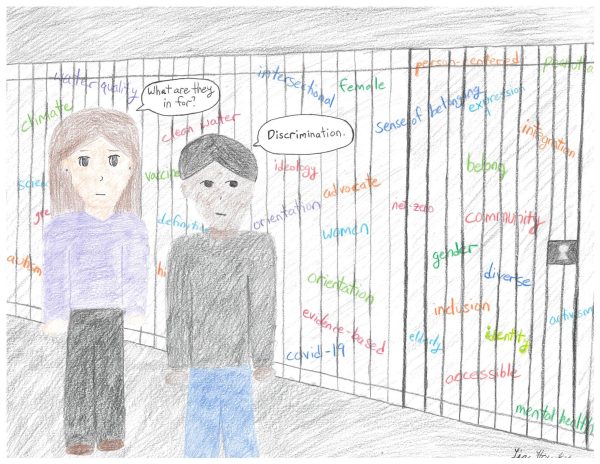Women in the Pandemic
COVID-19 has been a devastating pandemic — one that has taken thousands of lives and that has changed our world for the foreseeable future. However, one issue that is not being talked about enough is the fact that this pandemic has disproportionately affected women’s lives.
Already, the Council on Foreign Relations has called the issue of domestic violence a “double pandemic.” Data from regions around the world has displayed a significant spike in the number of reported cases of domestic violence, even up to 25% higher than before (however, we know that due to the fact that many cases go on without being reported, there may be many more than we think).
Even prior to COVID-19, there was a “pandemic” in regards to domestic violence. However, now, with high unemployment rates, severe illness, and an overwhelming amount of anxiety — as well as the fact that many are being forced to stay at home in the presence of domestic abusers — it was inevitable that the numbers would increase.
Unfortunately, as domestic violence cases increase, social services are unable to accommodate everyone. Shelters, food banks, childcare centers, and other organizations have reported being extremely overwhelmed, and simultaneously, extremely under-resourced.
One important effort being made to prevent further spread has been the releasing of prisoners and the decreasing of arrests. While these actions are important for public health, as prisons are considered “hotspots” for the virus, communities should invest in creating programs that would notify and protect women if their abuser is one of those who is released.
Furthermore, in addition to women being disproportionately and more severely affected by domestic violence issues in the midst of the pandemic, they also make up the majority of essential workers who must do their jobs while risking their own lives. According to the New York Times, 52% of essential workers are women: 77% being healthcare workers, 78% being social workers, and more than 67% being grocery store and fast-food employees.
Simultaneously, the resources they need, including reproductive health and maternal care services, will now be less available, which could lead to a higher maternal mortality rate, increased young pregnancies, as well as a greater spread of STDs. Additionally, according to the CDC, of the healthcare workers who have contracted COVID-19 as of April, 73% have been women.
Women are already undervalued and underpaid in our society; now, they are the ones who are risking their lives the most. While these are gruesome statistics and ones that are difficult to change within a short period of time, it is important to recognize how this pandemic is taking a toll on various marginalized groups. Not only based on gender and sex, but also based on race, socioeconomic class, and so forth. Remember to educate yourself — the lens of identity is more crucial than you think.
National Domestic Violence Hotline: 1−800−799−7233





